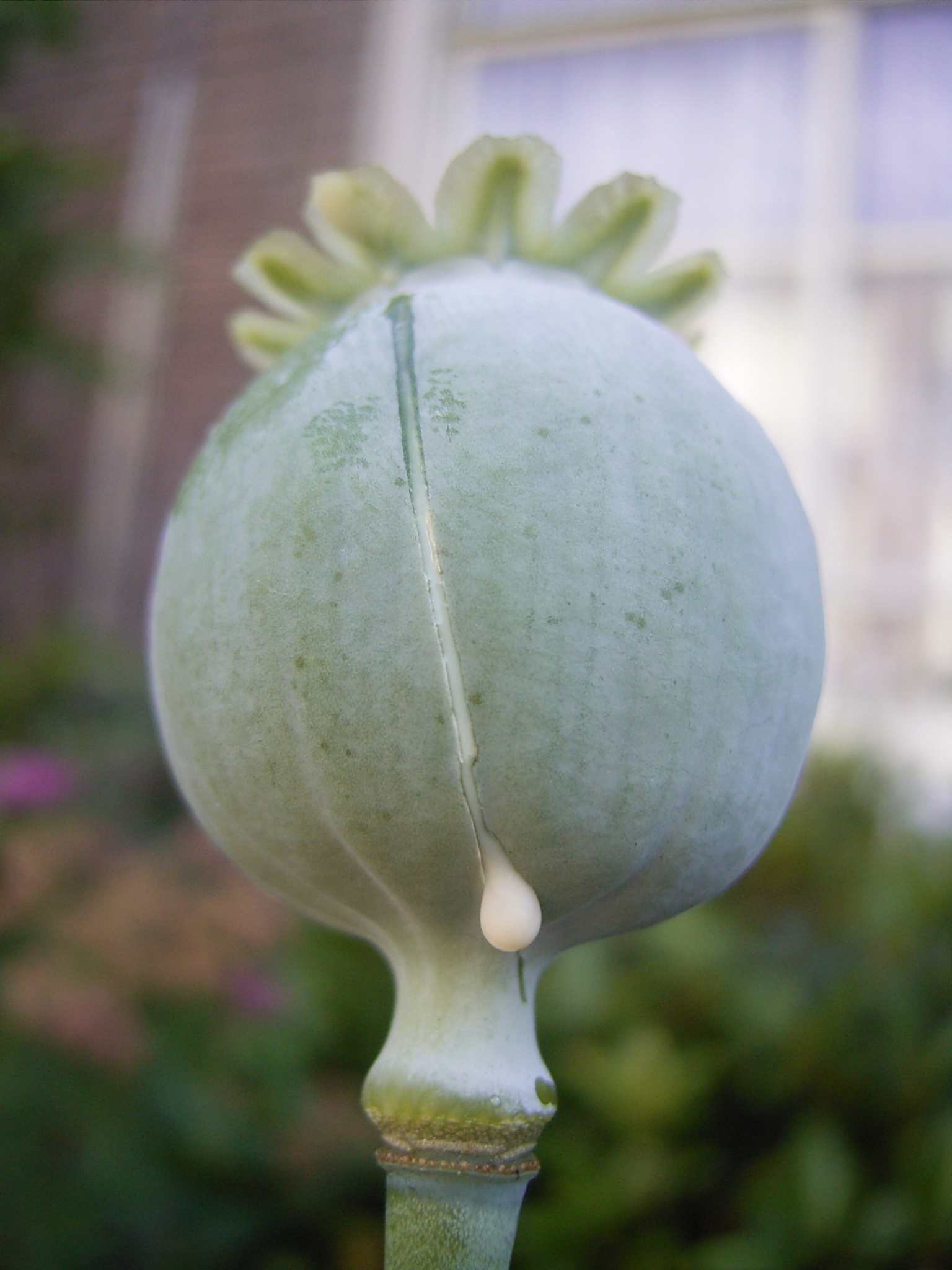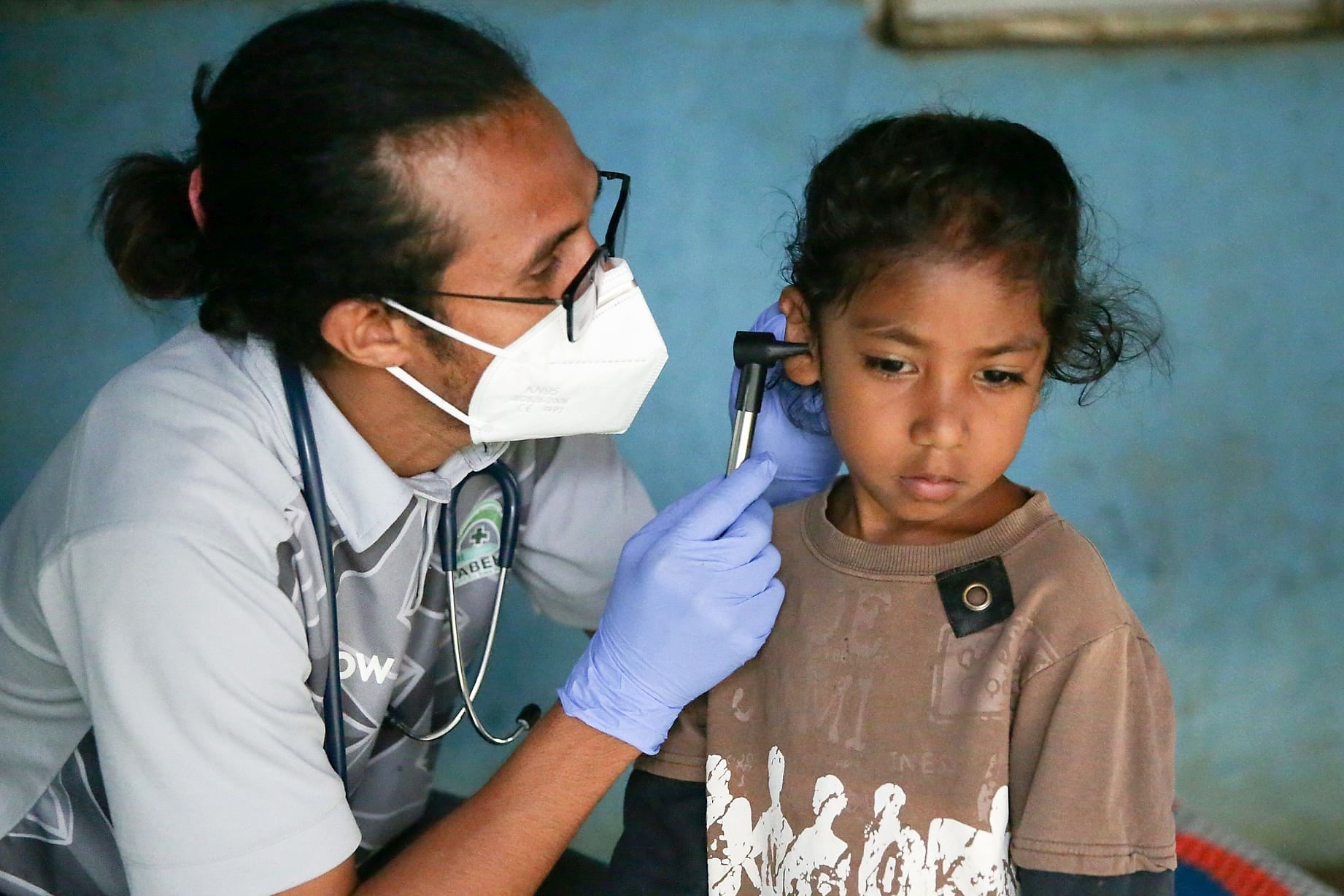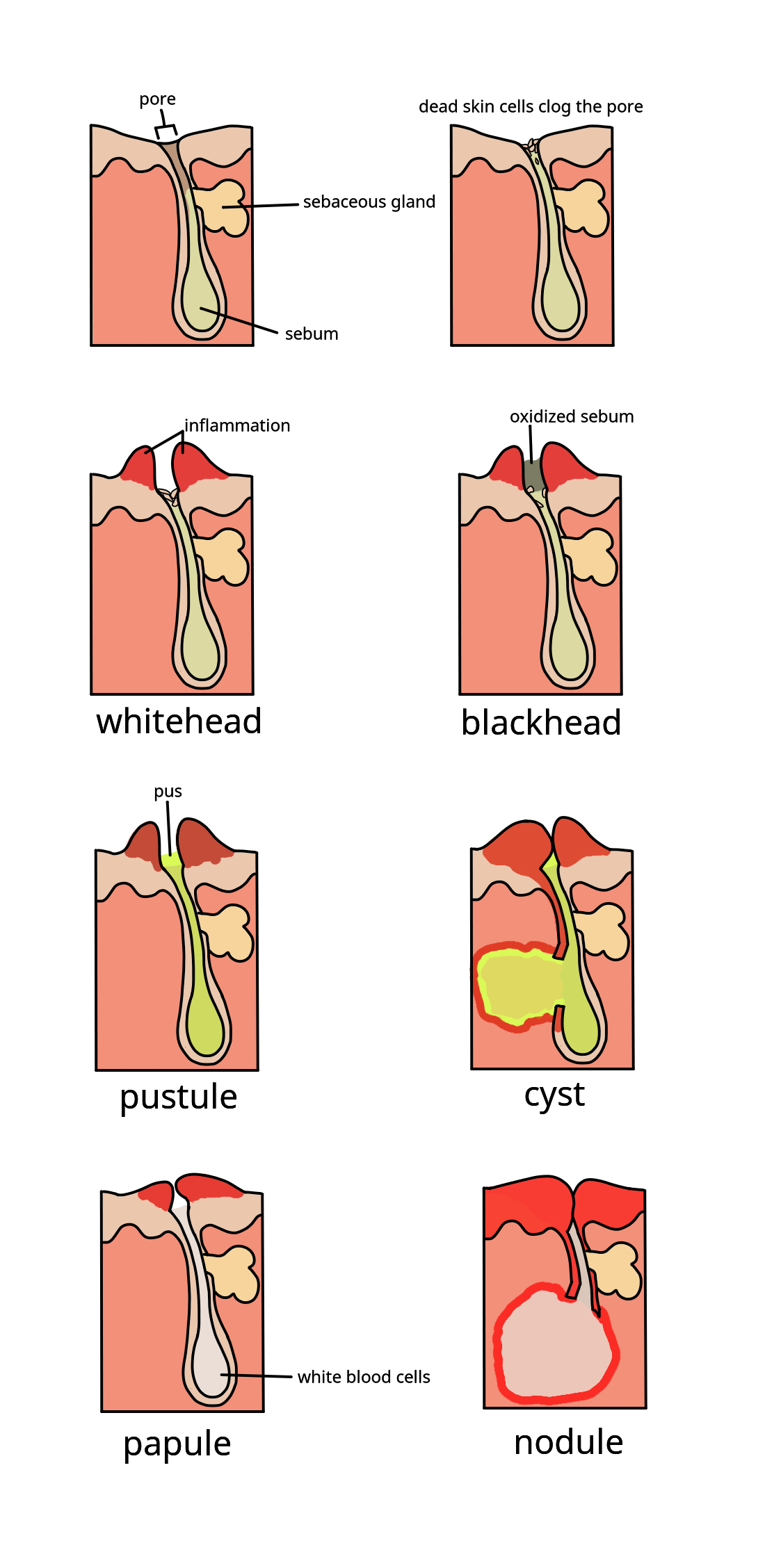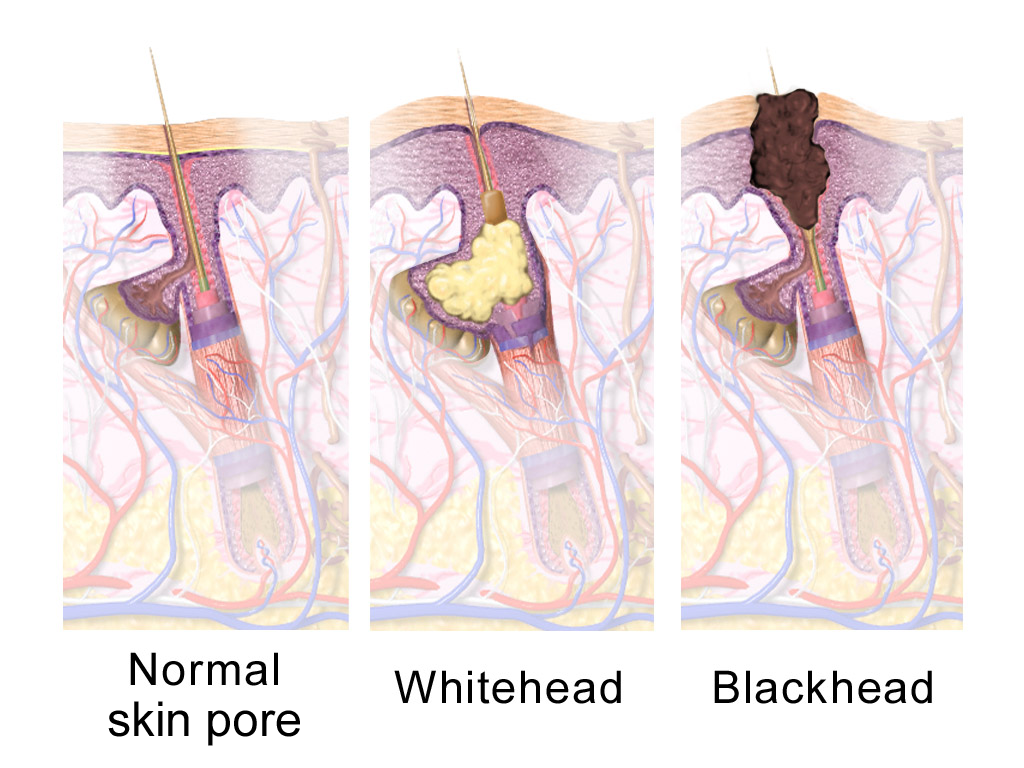|
Ichthammol
Ichthammol or ammonium bituminosulfonate (brand name Ichthyol), also known as black ointment, is a medication derived from sulfur-rich oil shale (bituminous schists). It is used (sometimes in combination with zinc oxide) as a treatment for different skin diseases, including eczema and psoriasis (see below). It is applied on the skin as an ointments, most commonly containing 10% or 20% ichthammol. Bituminosulfonates are considered topical therapeutic agents with very good tolerability. The use of ichthammol in dermatology was promoted by German physician Paul Gerson Unna. Ichthammol ointments, commonly known as ''black ointment'' or ''drawing salve'', should not be confused with black salve, an escharotic (corrosive) paste intended to destroy skin tissue. In contrast, ichthammol does not have any corrosive properties on the skin. Production Ichthammol is obtained through three steps from bituminous schists: dry distillation, sulfonation of the resulting oil (or purified fra ... [...More Info...] [...Related Items...] OR: [Wikipedia] [Google] [Baidu] |
Sulfur
Sulfur ( American spelling and the preferred IUPAC name) or sulphur ( Commonwealth spelling) is a chemical element; it has symbol S and atomic number 16. It is abundant, multivalent and nonmetallic. Under normal conditions, sulfur atoms form cyclic octatomic molecules with the chemical formula S8. Elemental sulfur is a bright yellow, crystalline solid at room temperature. Sulfur is the tenth most abundant element by mass in the universe and the fifth most common on Earth. Though sometimes found in pure, native form, sulfur on Earth usually occurs as sulfide and sulfate minerals. Being abundant in native form, sulfur was known in ancient times, being mentioned for its uses in ancient India, ancient Greece, China, and ancient Egypt. Historically and in literature sulfur is also called brimstone, which means "burning stone". Almost all elemental sulfur is produced as a byproduct of removing sulfur-containing contaminants from natural gas and petroleum.. Downloahere Th ... [...More Info...] [...Related Items...] OR: [Wikipedia] [Google] [Baidu] |
Cosmetic-grade
The cosmetic industry describes the industry that manufactures and distributes cosmetic products. These include colour cosmetics, like foundation and mascara, skincare such as moisturisers and cleansers, haircare such as shampoos, conditioners and hair colours, and toiletries such as bubble bath and soap. The manufacturing segment of the industry is dominated by a small number of multinational corporations that originated in the early 20th century, but the distribution and sale of cosmetics is spread among a wide range of different businesses. Cosmetics must be safe when customers use them in accordance with the label's instructions or in the conventional or expected manner. One measure a producer may take to guarantee the safety of a cosmetic product is product testing. FDA occasionally does testing as part of its research program or when looking into potential safety issues with a product. Both the cosmetics business and consumers can benefit from the FDA's resources on product ... [...More Info...] [...Related Items...] OR: [Wikipedia] [Google] [Baidu] |
Fungicide
Fungicides are pesticides used to kill parasitic fungi or their spores. Fungi can cause serious damage in agriculture, resulting in losses of yield and quality. Fungicides are used both in agriculture and to fight fungal infections in animals, including humans. Fungicides are also used to control oomycetes, which are not taxonomically/genetically fungi, although sharing similar methods of infecting plants. Fungicides can either be contact, translaminar or systemic. Contact fungicides are not taken up into the plant tissue and protect only the plant where the spray is deposited. Translaminar fungicides redistribute the fungicide from the upper, sprayed leaf surface to the lower, unsprayed surface. Systemic fungicides are taken up and redistributed through the xylem vessels. Few fungicides move to all parts of a plant. Some are locally systemic, and some move upward. Most fungicides that can be bought retail are sold in liquid form, the active ingredient being present at 0.08% i ... [...More Info...] [...Related Items...] OR: [Wikipedia] [Google] [Baidu] |
Bacteriocide
A bactericide or bacteriocide, sometimes abbreviated Bcidal, is a substance which kills bacteria. Bactericides are disinfectants, antiseptics, or antibiotics. However, material surfaces can also have bactericidal properties based solely on their physical surface structure, as for example biomaterials like insect wings. Disinfectants The most used disinfectants are those applying *active chlorine (i.e., hypochlorites, chloramines, dichloroisocyanurate and trichloroisocyanurate, wet chlorine, chlorine dioxide, etc.), *active oxygen (peroxides, such as peracetic acid, potassium persulfate, sodium perborate, sodium percarbonate, and urea perhydrate), *iodine ( povidone-iodine, Lugol's solution, iodine tincture, iodinated nonionic surfactants), *concentrated alcohols (mainly ethanol, 1-propanol, called also n-propanol and 2-propanol, called isopropanol and mixtures thereof; further, 2-phenoxyethanol and 1- and 2-phenoxypropanols are used), * phenolic substances (such as phenol ... [...More Info...] [...Related Items...] OR: [Wikipedia] [Google] [Baidu] |
Anti-inflammatory
Anti-inflammatory is the property of a substance or treatment that reduces inflammation, fever or swelling. Anti-inflammatory drugs, also called anti-inflammatories, make up about half of analgesics. These drugs reduce pain by inhibiting mechanisms of inflammation, as opposed to opioids, which affect the central nervous system to block pain. Common anti-inflammatory drugs include nonsteroidal anti-inflammatory drugs (NSAIDs), corticosteroids, antileukotrienes, and monoclonal antibodies. Drugs Clinically approved Nonsteroidal anti-inflammatory drugs NSAIDs alleviate pain by counteracting the cyclooxygenase (COX) enzyme involved in pain mechanisms. Some common examples of NSAIDs are aspirin, ibuprofen, and naproxen. Selective COX-2 inhibitors, such as celecoxib, block the enzymatic conversion of arachidonic acid into prostaglandin, inhibiting inflammation and pain. Analgesics commonly associated with anti-inflammatory drugs, such as acetaminophen (paracetamol), hav ... [...More Info...] [...Related Items...] OR: [Wikipedia] [Google] [Baidu] |
Inflammation
Inflammation (from ) is part of the biological response of body tissues to harmful stimuli, such as pathogens, damaged cells, or irritants. The five cardinal signs are heat, pain, redness, swelling, and loss of function (Latin ''calor'', ''dolor'', ''rubor'', ''tumor'', and ''functio laesa''). Inflammation is a generic response, and therefore is considered a mechanism of innate immunity, whereas adaptive immunity is specific to each pathogen. Inflammation is a protective response involving immune cells, blood vessels, and molecular mediators. The function of inflammation is to eliminate the initial cause of cell injury, clear out damaged cells and tissues, and initiate tissue repair. Too little inflammation could lead to progressive tissue destruction by the harmful stimulus (e.g. bacteria) and compromise the survival of the organism. However inflammation can also have negative effects. Too much inflammation, in the form of chronic inflammation, is associated with variou ... [...More Info...] [...Related Items...] OR: [Wikipedia] [Google] [Baidu] |
Gram-positive
In bacteriology, gram-positive bacteria are bacteria that give a positive result in the Gram stain test, which is traditionally used to quickly classify bacteria into two broad categories according to their type of cell wall. The Gram stain is used by microbiologists to place bacteria into two main categories, gram-positive (+) and gram-negative bacteria, gram-negative (−). Gram-positive bacteria have a thick layer of peptidoglycan within the cell wall, and gram-negative bacteria have a thin layer of peptidoglycan. Gram-positive bacteria retain the crystal violet stain used in the test, resulting in a purple color when observed through an optical microscope. The thick layer of peptidoglycan in the bacterial cell wall retains the Stain (biology), stain after it has been fixed in place by iodine. During the decolorization step, the decolorizer removes crystal violet from all other cells. Conversely, gram-negative bacteria cannot retain the violet stain after the decolorization ... [...More Info...] [...Related Items...] OR: [Wikipedia] [Google] [Baidu] |
Ear Infection
Otitis is a general term for inflammation in ear or ear infection, inner ear infection, middle ear infection of the ear, in both humans and other animals. When infection is present, it may be viral or bacterial. When inflammation is present due to fluid build up in the middle ear and infection is not present it is considered Otitis media with effusion. It is subdivided into the following: * '' Otitis externa'', external otitis, involves inflammation (either infectious or non-infectious) of the external auditory canal, sometimes extending to the pinna or tragus. Otitis externa can be acute or chronic. It can be fungal or bacterial. The most common aetiology of acute otitis externa is bacterial infection, while chronic cases are often associated with underlying skin diseases such as eczema or psoriasis. A third form, malignant otitis externa, or necrotising otitis externa, is a potentially life-threatening, invasive infection of the external auditory canal and skull. Usually assoc ... [...More Info...] [...Related Items...] OR: [Wikipedia] [Google] [Baidu] |
Pharmacotherapy
Pharmacotherapy, also known as pharmacological therapy or drug therapy, is defined as medical treatment that utilizes one or more pharmaceutical drugs to improve ongoing symptoms (symptomatic relief), treat the underlying condition, or act as a prevention for other diseases (prophylaxis). It can be distinguished from therapy using surgery (surgical therapy), radiation (radiation therapy), movement (physical therapy), or other modes. Among physicians, sometimes the term ''medical therapy'' refers specifically to pharmacotherapy as opposed to surgical or other therapy; for example, in oncology, medical oncology is thus distinguished from surgical oncology. Today's pharmacological therapy has evolved from a long history of medication use, and it has changed most rapidly in the last century due to advancements in drug discovery. The therapy is administered and adjusted by healthcare professionals according to the evidence-based guidelines and the patient's health condition. Perso ... [...More Info...] [...Related Items...] OR: [Wikipedia] [Google] [Baidu] |
Otology
Otology is a branch of medicine which studies normal, pathological anatomy and physiology of the ear (hearing). Otology also studies vestibular sensory systems, related structures and functions, as well as their diseases, diagnosis and treatment. Otologic surgery generally refers to surgery of the middle ear and mastoid related to chronic otitis media, such as tympanoplasty (ear drum surgery), ossiculoplasty (surgery of the hearing bones) and mastoidectomy. Otology also includes surgical treatment of conductive hearing loss, such as stapedectomy surgery for otosclerosis. Neurotology (a related field of medicine and subspecialty of otolaryngology) is the study of diseases of the inner ear, which can lead to hearing and balance disorders. Neurotologic surgery generally refers to surgery of the inner ear, or surgery that involves entering the inner ear with risk to the hearing and balance organs, including labyrinthectomy, cochlear implant surgery, and surgery for tu ... [...More Info...] [...Related Items...] OR: [Wikipedia] [Google] [Baidu] |
Acne Vulgaris
Acne ( ), also known as ''acne vulgaris'', is a long-term Cutaneous condition, skin condition that occurs when Keratinocyte, dead skin cells and Sebum, oil from the skin clog hair follicles. Typical features of the condition include comedo, blackheads or whiteheads, pimples, oily skin, and possible scarring. It primarily affects skin with a relatively high number of sebaceous gland, oil glands, including the face, upper part of the chest, and back. The resulting appearance can lead to lack of confidence, anxiety (mood), anxiety, reduced self-esteem, and, in extreme cases, clinical depression, depression or suicidal ideations, thoughts of suicide. Susceptibility to acne is primarily genetic in 80% of cases. The roles of diet and cigarette smoking in the condition are unclear, and neither hygiene, cleanliness nor exposure to sunlight are associated with acne. In both sexes, hormones called androgens appear to be part of the underlying mechanism, by causing increased production ... [...More Info...] [...Related Items...] OR: [Wikipedia] [Google] [Baidu] |
Acne Rosacea
Acne ( ), also known as ''acne vulgaris'', is a long-term skin condition that occurs when dead skin cells and oil from the skin clog hair follicles. Typical features of the condition include blackheads or whiteheads, pimples, oily skin, and possible scarring. It primarily affects skin with a relatively high number of oil glands, including the face, upper part of the chest, and back. The resulting appearance can lead to lack of confidence, anxiety, reduced self-esteem, and, in extreme cases, depression or thoughts of suicide. Susceptibility to acne is primarily genetic in 80% of cases. The roles of diet and cigarette smoking in the condition are unclear, and neither cleanliness nor exposure to sunlight are associated with acne. In both sexes, hormones called androgens appear to be part of the underlying mechanism, by causing increased production of sebum. Another common factor is the excessive growth of the bacterium '' Cutibacterium acnes'', which is present on the sk ... [...More Info...] [...Related Items...] OR: [Wikipedia] [Google] [Baidu] |






